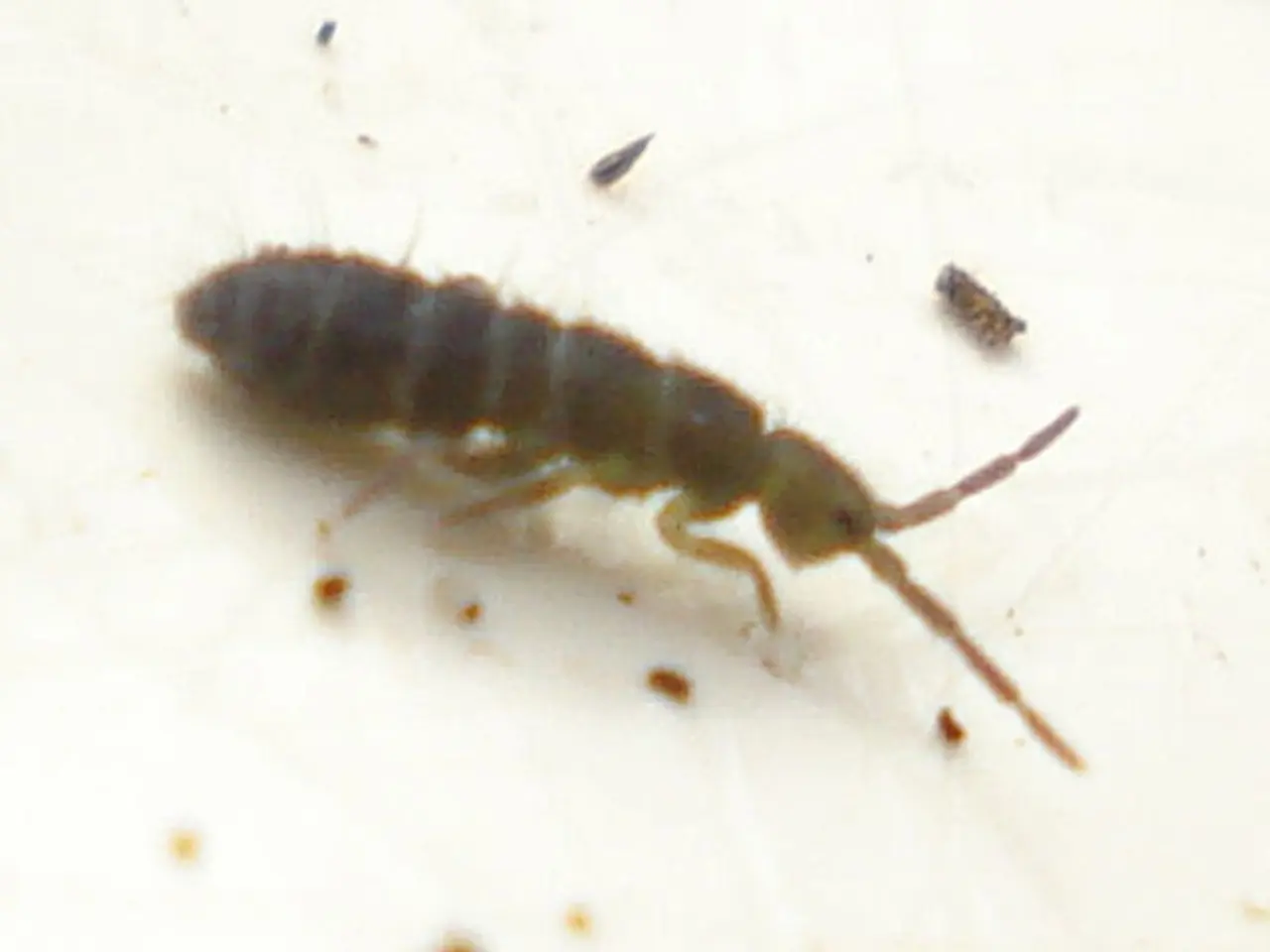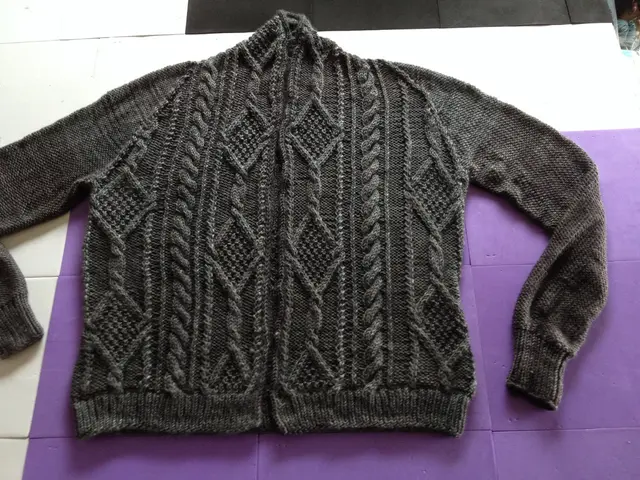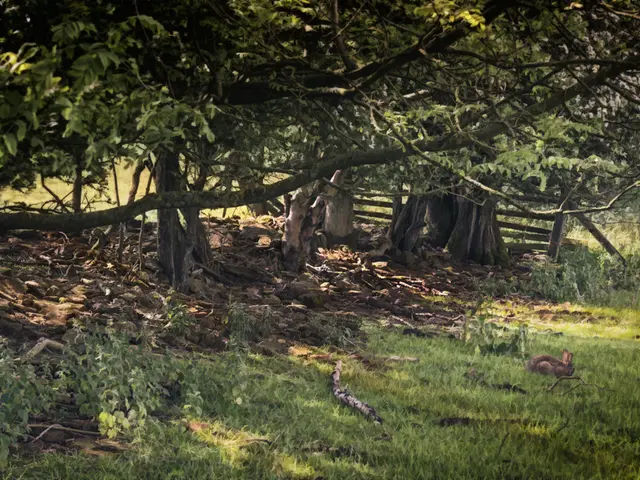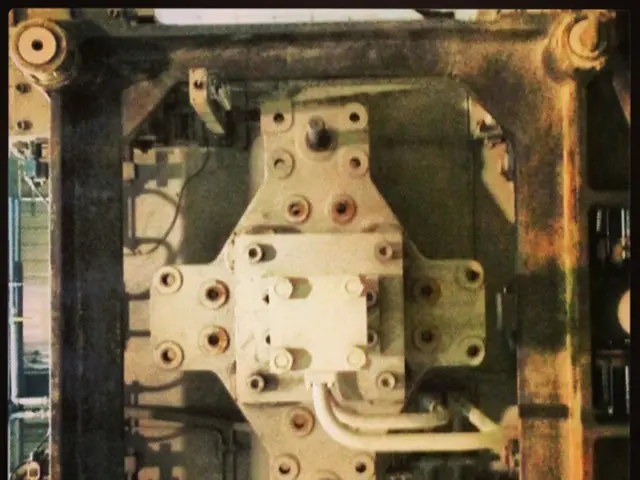Unidentified Critters in Garden Earth: Their Identity Unveiled
Springtails, thrips, whiteflies, and isopods are common pests that can infest houseplants, causing damage and affecting their overall health. However, there are effective and eco-friendly methods to manage and remove these pests without resorting to harsh chemical pesticides.
Preventive Measures
A proactive approach to pest control is essential in maintaining a healthy houseplant collection. Here are some preventive measures to consider:
- Healthy Soil: Ensure your soil is well-draining and rich in organic compost. This helps maintain healthy roots and reduces the likelihood of pest infestations.
- Proper Spacing: Keep plants adequately spaced to prevent moisture accumulation, which can attract pests.
- Regular Pruning: Prune plants regularly to maintain air circulation and prevent moisture buildup.
- Watering Moderation: Avoid overwatering, as excessive moisture can attract pests like springtails and isopods.
Active Treatments
For Springtails and Isopods:
- Reduction of Moisture: Since springtails and isopods thrive in moist environments, reducing soil moisture can help discourage them. Allow the top layer of soil to dry slightly between waterings.
- Neem Oil and Castile Soap Mixture: Mix neem oil with Castile soap to create a spray. This can be applied to the soil surface or the plant leaves to deter pests.
For Thrips and Whiteflies:
- Neem Oil Spray: Mix one tablespoon of neem oil with one quart of water and spray on affected plants to control thrips and other pests.
- Insecticidal Soap: Use commercial or homemade insecticidal soap to kill surface-dwelling pests like thrips and whiteflies. Insecticidal soap works by disrupting the insect's protective membrane, causing dehydration.
- Sticky Traps: Use yellow sticky traps to capture flying pests like thrips and whiteflies.
- Physical Barriers: Cover plants with fine mesh or row covers to prevent whiteflies and other flying pests from reaching them.
General Tips:
- Soil Replacement: If infestations are severe, consider replacing the soil entirely to ensure a pest-free start.
- Hosing Down Plants: Periodically hose down your plants to remove visible pests and debris.
Other Natural Remedies
- Hydrogen Peroxide Solution: This solution can be used to kill bugs and their larvae, while also adding oxygen to the soil to promote healthy root growth.
- Diatomaceous Earth: This powder is abrasive to an insect's exoskeleton, causing them to dry out and die.
- Drying out the Soil: Creating an environment that is less conducive to the growth of larvae and eggs can help control pest populations.
- Bottom Watering: Keeping the topsoil dry is one of the simplest ways to get rid of springtails. Bottom watering plants helps promote a healthy root system while keeping unwanted springtails away.
By combining these methods, you can effectively manage and remove pests from your houseplants without using chemical pesticides.
Maintaining the health of indoor plants can be improved by adopting a lifestyle that includes preventive measures for pest control, such as enriching soil with organic compost for better soil health and reducing moisture to discourage pests like springtails and isopods. To address existing pests, one can use eco-friendly treatments, such as neem oil mixes for springtails and isopods, neem oil sprays for thrips, insecticidal soap for whiteflies, or even homemade remedies like hydrogen peroxide solutions or diatomaceous earth.








